Overview
An ideal serum-free culture system is provided by MatTek’s Normal Human Corneal Epithelial Cells (NHCE) and growth media (NHCE-GM), which are used to study cell-cell and cell-matrix interactions, gene regulation, cell differentiation, tissue development, wound healing, and toxic effects on the corneal epithelium.
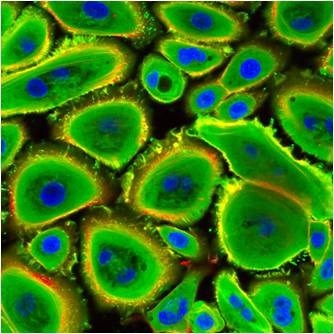
NHCE-CRY – ALDH3A1 (green), Phalloidin (red), DAPI (blue), 60×. Image Credit: MatTek
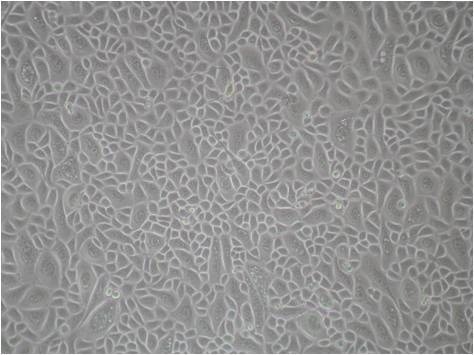
Normal Human Corneal Epithelial Cells, 10×. Image Credit: MatTek
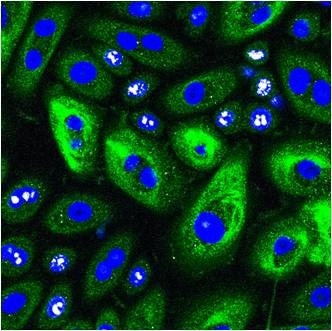
NHCE-CRY – Cytokeratin3/12 (green), Ki67 (white), DAPI (blue), 60×. Image Credit: MatTek
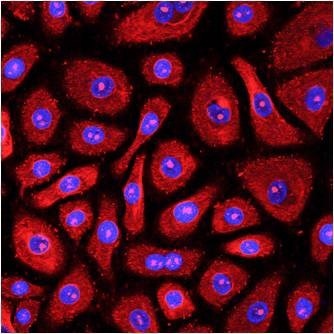
NHCE-CRY – Cytokeratin 15 (red), DAPI (blue), 60×. Image Credit: MatTek
The progenitor-rich limbal region of whole corneas is used to isolate NHCE cells. The cobblestone morphology of MatTek’s NHCE cells and the positive expression of cytokeratin 3/12, cytokeratin 15, and aldehyde dehydrogenase 3A1 are the distinguishing features.
A request can be made for donor-matched corneal keratocytes (NHCK).
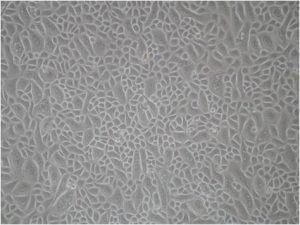
Normal Human Corneal Epithelial Cells, 10×. Image Credit: MatTek